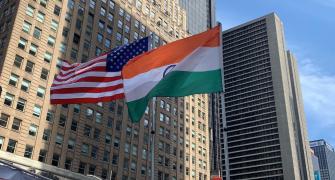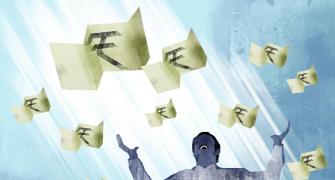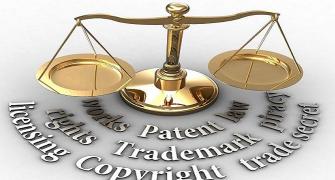User-generated commercials are beginning to show results as consumers eagerly participate in brand advertising campaigns.
Intel, for instance, recently did a successful campaign called 'Max Your Moves'. It encouraged audience to dance before the camera. The chip processor giant then enhanced the dancers' movements on a computer with the help of an Intel Centrino Duo microprocessor ( read enchancing awareness and promotion). The spruced-up videos were then put on YouTube with the consent of the persons concerned. This "experiential" marketing got a "viral" boost as people began sharing their videos.
The campaign was held across major malls in 13 cities in India. Its success rings loud with 1,980 videos uploaded, 105,841 videos viewed. There were 1,980 registrations for the product. Campaigns such as these pull huge crowds as it gives people a shot at fame, note experts.
Jai D'Costa, president, Kidstuff promotional marketing and multiplier, Mudra, says: "UGC is engaging. Consumers want control over the brand they like. If they use the brand they want to be part of it. Remember Frito-Lay's Chala Change ka Chakkar! Everybody wants to see himself on TV. The growth of reality shows justifies it. Video sites have just facilitated it." The Intel campaign was done by Kidstuff.
Pepsi, too, ran a campaign in which people were asked to compose their own ringtones from cans of Pepsi with different quantities of Pepsi in them. Another UGC to be turned into a television commercial is on the way for the brand.
Nokia Storytelling is another case in point. Doritos, the snack food made by PepsiCo's Frito-Lay division, along with Yahoo! Video, encouraged consumers to submit ads for Doritos. The best ad would be aired during the Super Bowl XLII.
UGC is popular with brands in the West. For instance, Converse created the Converse Gallery, inviting users to create 23-second videos of themselves or others using Converse sneakers; Mastercard asked users to create a two-line advertisement ending with the tag-line 'Priceless'; Sony Electronics and JetBlue are some other examples.
UGC could help advertisers drive down costs. "It's very cheap. Users take the effort to generate ideas and content. But in India, the cost is to get users to generate the content," says D'Costa.
Advertisers here are also taking to the idea as these campaigns generate a lot of press. Consumers also like the opportunity to be creative as they feel they have some impact and some ownership. It's not just stuff put forth by the companies.
Dushyant Singh, associate director, strategic and commercial intelligence transaction services, KPMG, says: "It may be significantly cheaper to use UGC, especially in a scenario where the agency fees are increasing. The type and extent of response helps advertisers in measuring passion and the sense of belonging that a brand generates."
Microsoft Corp has turned to users of its Xbox 360 to create new video games to broaden the types of games available on its console. The company will start selling user-generated games later this year on its online Xbox Live service and will share up to 70 per cent of the revenue coming from the game.








